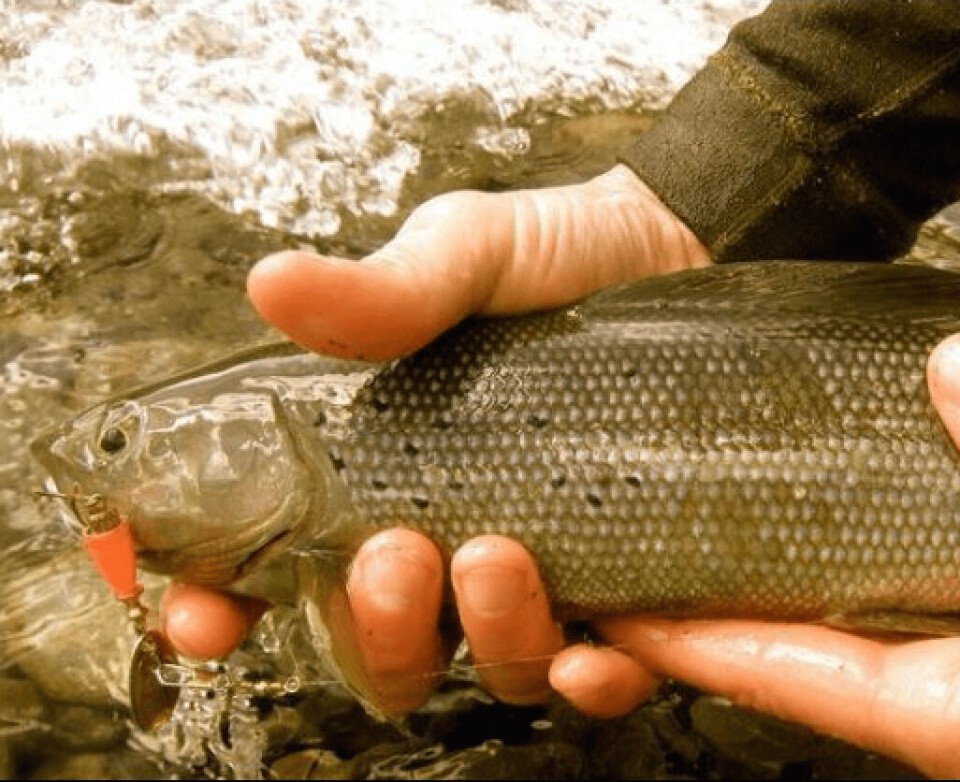
White spot disease in the Arctic
Hundreds of Arctic grayling washed up dead on the shores of Scout Lake, Alaska, this year and according to State officials, unusually high temperatures are the likely culprit.
The fish died of ichthyophthiriasis, known as white spot disease, a relatively uncommon parasitic infection in Alaska. This is the first incident on the Kenai Penisula — there have been a five documented cases in Meadow Creek, Big Lake, Six Mile Lake and Cheney Lake.
White spot is a contagious parasitic disease of fish. Caused by Ichyophthirius multifilis, the parasite attaches itself to the fish, moving under the skin where it feeds on cells and body fluids. The parasite damages fish tissue resulting in bacterial and fungal infections
Mostly large grayling appeared to be affected by the disease, while rainbow trout and smaller grayling were unaffected.
“We were real shocked after we found out that the rainbows didn’t have it,” said Robert Begich, the area management biologist for the Division of Sport Fish in Soldotna.
The laboratory report credited it to a long period of higher water temperature and a high number of susceptible hosts, creating “the perfect storm for severe disease and mortality to ensue.” Warmer waters might also have allowed the parasite which causes the disease to reproduce more frequently.
“Grayling are a cold water species, so it’s possible that they were more strongly affected by the water temperatures,” Begich stated in the report.
Alaska lakes saw unusually high water temperatures this summer, especially in shallower lakes. Scout Lake has a mean depth of 13 feet, making it relatively shallow, and because grayling are cold-water fish, they may be more sensitive to temperature changes. The University of Michigan study linked temperature fluctuation to higher incidence of white spot disease.
Other lakes around the state also saw fish die-offs this summer that Fish and Game credited to warm water. Dead Arctic char in Anchorage and dead Arctic grayling in the Mat-Su Valley prompted habitat investigations.
Warmer water carries less oxygen - and the bigger the fish, the more oxygen it needs. The report suggested that the larger fish needed more oxygen and weren’t able to get it because their gills were damaged by the parasite, and the warmer water was poor in oxygen. Rainbow trout tend to do better in warmer waters.
However, the warming water temperature wouldn’t explain why the rainbow trout and the younger Arctic grayling in Scout Lake were unaffected by the disease. The laboratory report theorizes that the smaller fish might swim in different areas of the lake and not have had contact with the parasite.
The Kenai Peninsula has seen some other die-offs related to water temperature recently. Arctic char turned up dead on the shores at Island Lake near Nikiski, which Fish and Game biologists thought it might be related to water temperature.
Disease outbreaks such as this one may be more frequent as water temperatures in marine and freshwater systems increase.























































